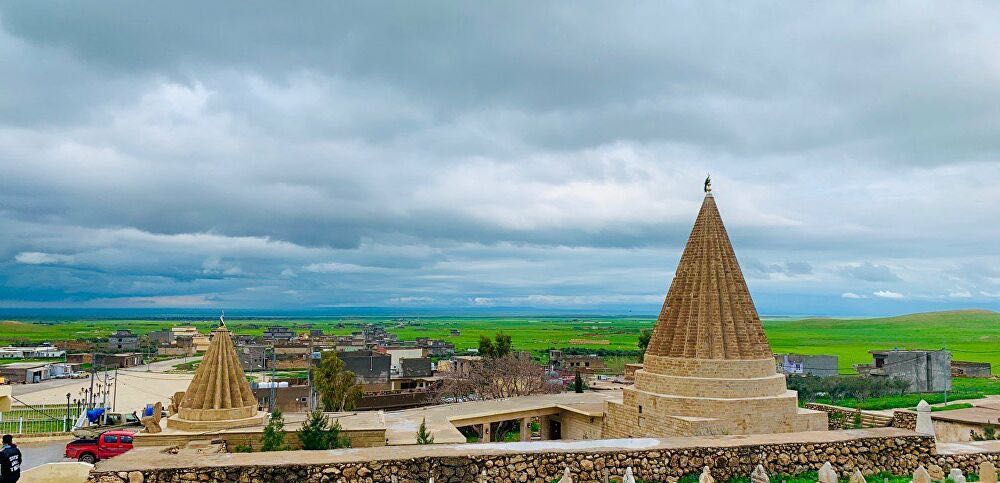The district of Sinjar is located in the west of Nineveh Governorate, northwestern Iraq, and this district includes a number of archaeological sites close to 100 archaeological sites, varying between the Roman, Sumerian, Greek, Islamic, Sassanid and Assyrian civilizations, dating back more than 7,000 years and the most prominent archaeological landmark is the historical lighthouse that was built It is dated 523 AH, and the city has been inhabited since ancient times by a mixture of the fabric of Iraqi society, as it is the gathering of Arabs, Yazidi Kurds, and Christians.
Sinjar did not lead the Iraqi news until after the heinous crime committed by ISIS against Yazidi women in particular, and then the conflict was transformed into Sinjar by the forces that fight ISIS, all trying to control this city, which has an important strategic location and which has common borders with Turkey and Syria. It represents an important road node in the new Chinese trade line as a gateway to Europe
An example of these tensions and conflicts is the visit of the Iraqi Minister of the Interior, Othman Al-Ghanmi, to the district of Sinjar on 12/13/2020, which was really remarkable in terms of its timing, and in terms of its goals. Despite his inability to enter the city and stay in the police station in one of the district’s villages, the aim of the visit is to deliver a message from the central government in Baghdad, which may in fact mean the refusal to violate the city by the strange militias who turned the city into a market for the contraband trade and a smuggling corridor Emphasizing the need for the return of the displaced from its residents, the message also includes a kind of government determination to restore the Sinjar district, after the Iraqi constitution considered it in Article 140 of the disputed areas with the Kurdistan region, noting that the Kurdish Peshmerga forces withdrew from the city in October 2017, following the dispute over the independence referendum, and subsequently recognized the right of the central authorities in Baghdad to supremacy over the district.
Currently only 35% of its 100,000 original inhabitants remain in Sinjar, who belong to the Yazidi religion, along with minorities from the Arab and Turkmen tribes,
Militias affiliated with the Turkish Kurdistan Workers Party (PKK), along with local Yezidi groups, are controlling Sinjar today, as well as the Iraqi Popular Mobilization factions enjoying great influence in the city and the district, and they pay salaries to supportive Yazidi groups and also provide them with weapons and supplies.
In fact, the strategic tensions seeking to extend influence are very present between Turkey and Iran in the Sinjar district, and despite the internationalization of the judiciary issue after the entry of the takfiri organization and displaying the suffering of its residents in many international forums, the government is still unable to find effective solutions for the displaced in the district and to extend its influence in it.
The question remains, will Al-Kazemi government succeed in resolving this file, or will it remain like the rest of the other files on the shelves of politicians amid the inability to solve them !!!!
* It is strictly forbidden to use the information and the studies contained on this site, except with prior permission from the administration and the authors Thualfuqar center.

